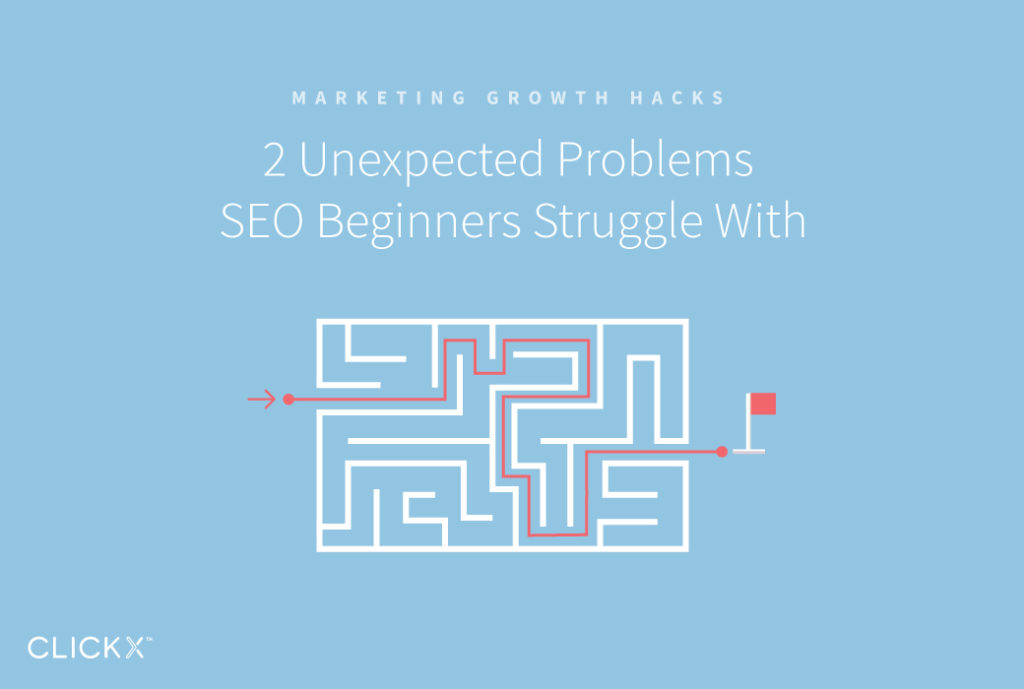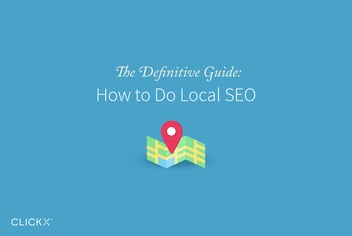2 Unexpected Problems SEO Beginners Struggle With
As a beginner optimizing your site for search engines, it’s easy to make assumptions about seemingly obvious tactics that at first glance look logical. Unfortunately, your assumptions are probably wrong.
By learning some of the most common SEO mistakes, along with why your assumptions are misplaced, you can avoid serious blunders that would set your site back in search results.
In this post, we’ll walk you through a couple of these common mistakes, along with some best practices for avoiding them. By the time we’re through, you’ll have a thorough understanding about why they simply won’t work.
Let’s get started!

Problem 1: Adding a Keyword Too Many Times
The assumption: “If I want to rank for a keyword in Google, I need to repeat it in my content as often as possible.”
Let’s get a few definitions out of the way:
- ‘Keyword’ or ‘Keyphrase’: A specific word or phrase used to target for rankings in search results.
- ‘Keyword Density’: The number of times a keyword is used relative to the number of words on a page.
Without understanding how to use keywords correctly, forcing them into your content at random causes problems.
Firstly, without a clear topic or focus, your website’s pages could be subject to keyword cannibalism—and if several of your pages target the same keyword, you’re essentially pitting them against each other. Google will split the ‘SEO juice’ between the relevant pages on your site, which means you lose the power to boost one page over another for a particular keyword.
[Tweet “Without a clear topic, your landing pages are subject to keyword cannibalism.”]
Another issue is keyword stuffing.
If you repeat the same keyword over and over throughout your content, you run the risk of it sounding unnatural. Search engines are being refined every day in the hopes of reaching human-level comprehension, which includes the ability to tell when content is rigged. Keyword stuffing triggers red flags, causing search engines to believe your content is spam.
Best Practices
- Focus on one keyword per page. You can extend this to semantically similar keywords (also referred to as LSI keywords). In the end, each page should have a clear topic.
- Avoid duplicate content. You’ll already be doing this by ensuring each page has a unique focus.
- Write content for real humans. If your content doesn’t sound natural when you read it out loud, rethink your writing style.
Here’s our full guide on writing keyword rich content (without sounding like a spam bot).
Problem 2: Not Knowing Critical Keyword Placements
The assumption: “As long as the keyword is on my page, that’s the important thing.”
While putting your target keyword on a page too many times is bad, not placing it correctly can also hurt your rankings.
Firstly, make sure your keyword is used in the page title. This is the text that’s shown on your browser tab, and is typically used to create the link text you see in Google search results:

By adding the target keyword to the page title, those words can become bolded in the visual search results—potentially leading to a higher click through rate.
Furthermore, use your keyword in the meta description. While invisible when you view a page in the browser, the description is displayed in search results (and on social media).
Your target keywords may also get highlighted in bold, which catches the eye. Perhaps more importantly, the meta description acts like an advertisement for your page. It may not impact your page ranking directly, but influences whether users click on it.
Best Practices
- Use the target keyword towards the beginning of the page title. You can double down on the impact by including it in your slug and at the beginning of your content. This defines the topic of the page for search engines.
- Write an informative meta description explaining why the page is useful for that particular keyword.
It may sound technical, but using the right plugin (such as Yoast SEO) within WordPress makes it easy to control these elements. For further reading, we previously offered our recommendations on how to implement these strategies on your site.
Bonus Problem: Misunderstanding Keyword Optimization
The assumption: “If I’m selling umbrellas, I should rank #1 for ‘umbrellas’ on Google.”
When search engines were first invented, they were not sophisticated. If you were an umbrella store, your only focus was to rank for umbrellas—anything else wouldn’t make sense!
Think back again, this time to the phone book era. Companies used to employ ridiculous tactics such as naming their business ‘A1 Umbrellas’—all to get listed in the first few pages.
Trying to rank for a short-tail keywords such as ‘umbrellas’ has about as much effect in the modern world as renaming your company ‘A1 Umbrellas’—it simply doesn’t work that way anymore. The difference between short- and long-tail keywords are:
- Short-tail Keywords: Typically a single word encompassing a broad topic. For example, ‘umbrellas’.
- Long-tail Keywords: A phrase forming a specific query someone may search for (possibly including full sentences or questions), such as ‘uv travel sun umbrella’, for example.
If you’re still not sold on the idea, think of the mathematical odds. The search term ‘uv travel sun umbrella’ only has 504,000 results to compete with, whereas ‘umbrellas’ has 64,000,000:

Not only have search engines developed to provide us with exactly what we need, but we have become accustomed to searching for these very specific queries. It is already prevalent in our daily online searches, and becomes even more so as we move towards voice search.
In summary, long-tail keywords are more effective to target for several reasons:
- They’re less competitive per keyword.
- They are much more specific and useful for the user.
- They can offer practically infinite combinations to target.
Best Practices
Spread a wide net of long-tail keywords that all ultimately tie back to your underlying theme. For example, try to rank for phrases like ‘small yellow travel umbrella’ and ‘pink child’s umbrella with panda’, which both refer to umbrellas in the end.
You can find high performance long-tail keywords for your business by:
- Reviewing the services of your business by writing down a list of phrases or questions customers may ask.
- Checking your search analytics to see what phrases you already rank for, then using this to write a list of related keywords.
Conclusion
The art of optimizing content for search engines is nuanced and always changing. When you first get started it can be easy to make the wrong assumptions about what will work.
Laying the proper foundations by learning SEO best practices will help you avoid costly mistakes. Let’s recap the tips we’ve talked about:
- Focus each page on a single topic, but avoid repeating the same exact phrase (as if you were a robot) by making use of semantically similar keywords. Write your content naturally so that humans can read it.
- Know where to include your target keyword for maximum results in rankings.
- Target long-tail keywords. Create a wide net of specific queries you’d like to rank for that cover your business’ central theme.
These points all may seem clear in retrospect, but we’ve all made mistakes or the wrong assumptions about SEO tactics at one point or another.
Are you still struggling with certain aspects of SEO? Don’t be afraid to ask us in the comments section below!




